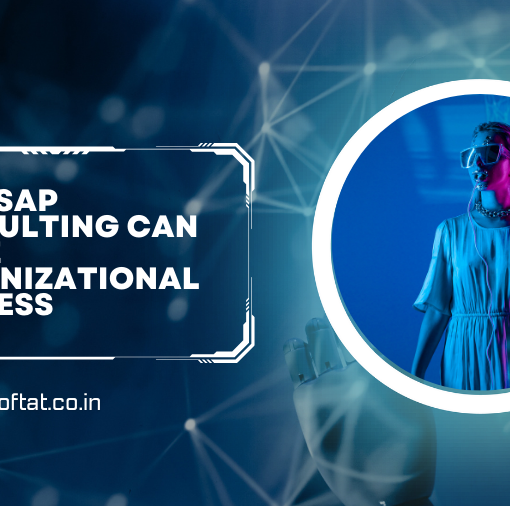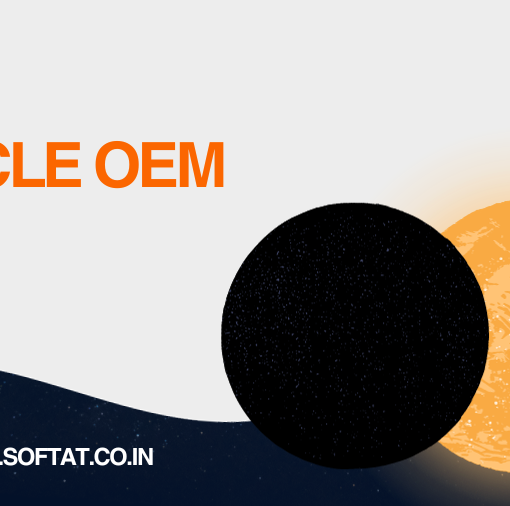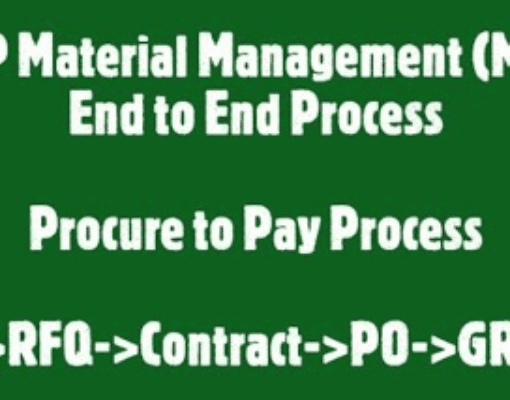
For developers working with SAP systems, Open Data Protocol (OData) has become an essential tool for accessing and manipulating data. But with two major versions – v2 and v4 – navigating the OData landscape can be confusing. This blog post delves into the key differences between SAP OData v2 vs v4, helping you choose the right version for your project and ensuring a smooth data flow.
Performance: Streamlining Data Delivery
One of the most significant differences lies in performance. OData v4 boasts a lighter-weight approach, resulting in smaller payloads and faster data transfer. This is achieved through several factors, including:
- JSON Format: v4 utilizes JSON as the primary data format, known for its efficiency and ease of parsing compared to v2’s XML format.
- Reduced Metadata: v4 streamlines metadata by separating entity and navigation property metadata. This reduces the amount of data transmitted for each request.
- Batching: v4 allows batching multiple operations into a single request, minimizing network roundtrips and improving overall performance.
Functionality: A Richer Data Experience
Beyond performance enhancements, v4 introduces a wealth of new functionalities that empower developers:
- $filter and $expand at Any Level: v4 grants the ability to filter and expand data at any level within the hierarchy, offering greater flexibility when querying related entities.
- Action and Function Support: v4 supports actions (custom server-side operations) and functions (operations returning data), enabling developers to extend the capabilities of the OData service.
- Type Safety with Annotations: v4 leverages annotations to define data types and constraints, leading to stricter type enforcement and improved code maintainability.
Development Experience: A Smoother Journey
The development experience is another key differentiator. Here’s how v4 aims to simplify the process:
- Promises vs. Callbacks: v4 utilizes promises for asynchronous operations, providing a cleaner and more modern approach compared to v2’s callback-based model.
- Declarative Syntax: v4 offers a more declarative syntax for constructing queries, enhancing code readability and maintainability.
- Improved Client Libraries: Client libraries for v4 are generally more advanced and easier to use than their v2 counterparts.
Future-Proofing Your Development: The Road Ahead
While v2 remains prevalent in existing SAP systems, SAP is actively promoting v4 as the future of OData development. Here’s why v4 might be the smarter choice for new projects:
- Focus of SAP Development: With SAP prioritizing v4, you can expect more investment in features and functionality going forward.
- Improved Standards Compliance: v4 adheres to the latest OData specifications, ensuring better compatibility and interoperability with other OData services.
- Advanced Capabilities: v4 unlocks a wider range of functionalities that can lead to more robust and efficient data interactions.
Choosing the Right Path: A Final Note
The decision between OData v2 and v4 ultimately depends on your specific project requirements. If you’re working with existing v2-based systems, continuing with v2 might be a viable option for now. However, for new development or greenfield projects, v4 offers a clear advantage in terms of performance, functionality, developer experience, and future-proofing. By understanding the core differences between the two versions, you’ll be well-equipped to make an informed decision and leverage the power of OData to streamline data access and manipulation within your SAP landscape.




